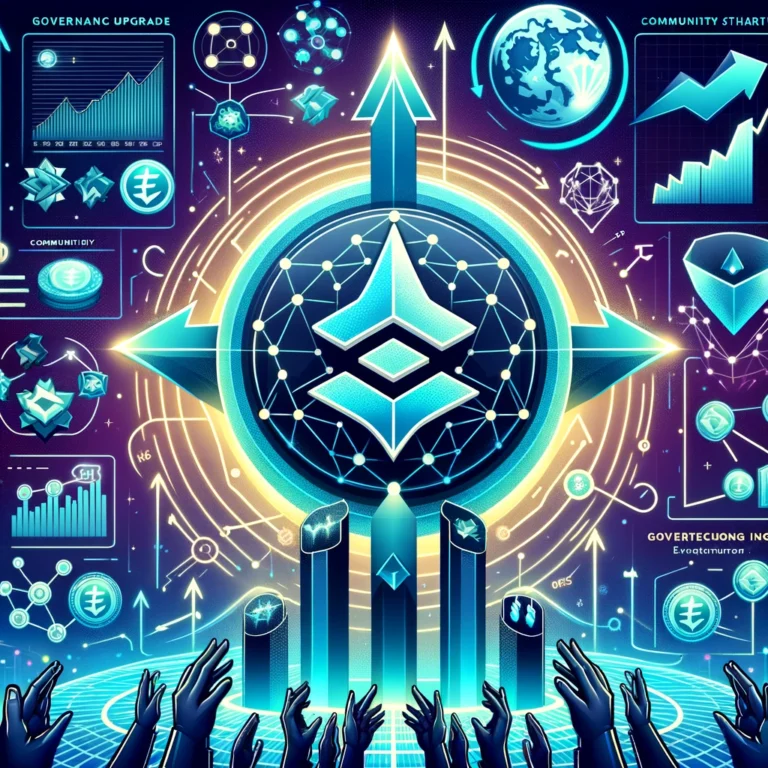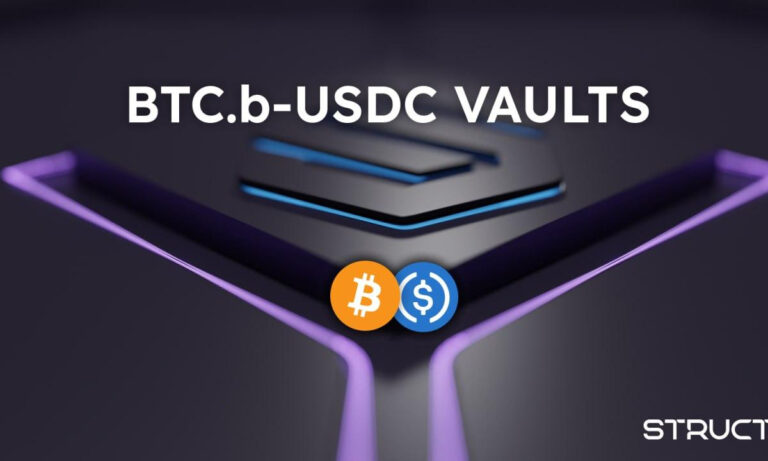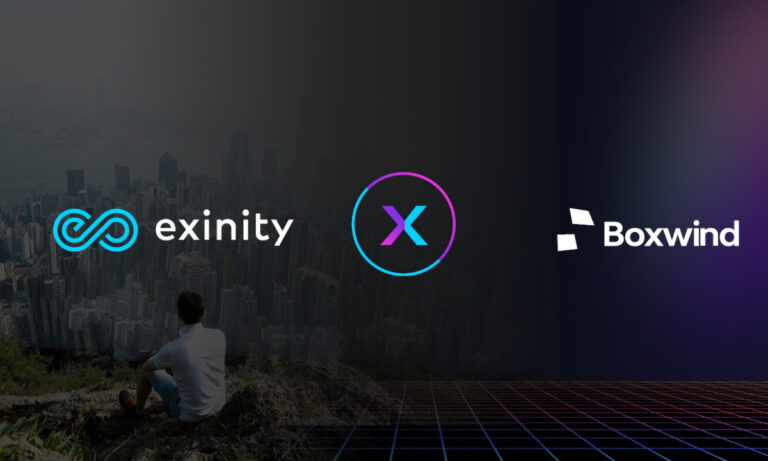A Simple Guide to Web3 and its Cryptocurrencies.

- Web3 is built upon the concepts of openness, decentralization, and greater user utility.
- DeFi aims to revolutionize the financial sector, removing the need for central authorities such as banks, payment processors, and other intermediaries.
Web3 is the next generation of the internet, built on the principles of decentralization, openness, and user ownership. It is a vision for a more democratic and equitable internet, where users have more control over their data and their online experiences.
Web3 is made possible by blockchain technology, which allows for secure and transparent transactions without the need for a central authority. This means that users can own their own data and assets, and they can interact with each other directly, without intermediaries.
Web3 is still in its early stages, but it has the potential to revolutionize the way we use the internet. It could lead to new forms of online commerce, new ways to connect with others, and new ways to create and share content.
Here are some of the key features of Web3:
- Decentralization: Web3 is built on a decentralized network of computers, rather than a centralized server. This means that no one entity has control over the network, and users have more control over their data.
- Openness: Web3 is built on open-source software, which means that anyone can participate in its development. This makes it more transparent and accountable, and it also allows for innovation and competition.
- User ownership: In Web3, users own their own data and assets. This means that they can control how their data is used and who has access to it.
These are just a few of the key features of Web3. As the technology continues to develop, we can expect to see even more exciting and innovative applications of Web3 in the years to come.
How does Web3 relate to cryptocurrencies and NFTs?
Cryptocurrencies and NFTs are two of the most important technologies that are enabling the development of Web3.
- Cryptocurrencies are digital currencies that are secured by cryptography. They are decentralized, meaning that they are not subject to government or financial institution control. This makes them ideal for use in Web3, where users need to be able to make secure and anonymous transactions.
- NFTs are non-fungible tokens. They are unique digital assets that cannot be replicated. This makes them ideal for representing ownership of digital goods, such as artwork, music, and in-game items.
Both cryptocurrencies and NFTs are playing a key role in the development of Web3. They are providing the infrastructure and the tools that users need to own their own data and assets, and to interact with each other directly, without intermediaries.
Major Web3 cryptocurrencies
There are many different cryptocurrencies that are being used in Web3. Some of the most popular include:
- Bitcoin (BTC): Bitcoin is the first and most well-known cryptocurrency. It is a decentralized currency that can be used to make secure and anonymous transactions.
- Ethereum (ETH): Ethereum is a decentralized platform that allows for the creation of smart contracts. Smart contracts are self-executing contracts that can be used to automate transactions.
- Solana (SOL): Solana is a high-speed blockchain that can process transactions quickly and cheaply. This makes it ideal for use in decentralized applications.
- Cardano (ADA): Cardano is a proof-of-stake blockchain that is designed to be more energy-efficient than Bitcoin and Ethereum.
- Polkadot (DOT): Polkadot is a cross-chain blockchain that allows for the transfer of data and assets between different blockchains.
These are just a few of the many different cryptocurrencies that are being used in Web3. As the technology continues to develop, we can expect to see even more cryptocurrencies emerge that are specifically designed for use in this new era of the internet.
The future of Web3
Web3 is still in its early stages, but it has the potential to revolutionize the way we use the internet. It could lead to new forms of online commerce, new ways to connect with others, and new ways to create and share content.
The future of Web3 is bright, but it is also uncertain. There are many challenges that need to be overcome before Web3 can become a reality. However, the potential benefits of Web3 are so great that it is worth pursuing these challenges.
I believe that Web3 has the potential to make the internet a more democratic and equitable place. It can give users more control over their data and their online experiences. It can also create new opportunities for innovation and creativity.
I am excited to see what the future holds for Web3. I believe that it has the potential to change the world for the better.
















+ There are no comments
Add yours